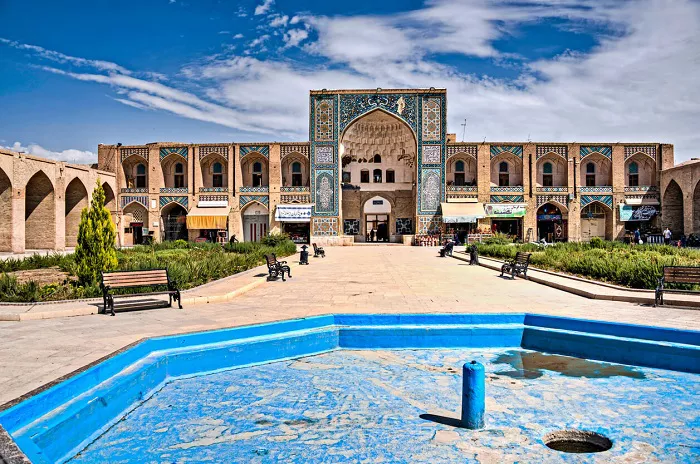At a recent joint gathering of the Tourism Commissions from the Kerman and Yazd Chambers of Commerce, held in Kerman on April 26, Mostafa Fatemi, a representative from the Ministry of Cultural Heritage, Handicrafts and Tourism, outlined plans to enhance tourism between the two historic cities of Yazd and Kerman. Fatemi compared the two cities to the Central Asian cities of Samarkand and Bukhara, suggesting that they could form a significant tourism axis.
Fatemi highlighted that the Ministry is focused on strengthening the connection between Yazd and Kerman, with two key routes being developed as part of the initiative. The first is the ancient Spice Road, which predates the Silk Road, while the second route follows the Marco Polo Crescent, connecting Yazd to Kuhbanan and the southern region of Kerman before looping back. According to Fatemi, these routes will be marketed as a tourism brand to attract visitors to the region.
Reflecting on the decline in foreign tourists to Kerman, Yazd, and Isfahan in the wake of the COVID-19 pandemic, Fatemi noted that while some factors had impacted the flow of tourists to Kerman, there had been a recent uptick in visitors. He commended provincial officials for their efforts to restore Kerman’s tourism industry to its former prominence, expressing optimism that with the involvement of local communities, the future would be prosperous.
Emphasizing the role of the private sector in driving economic and tourism growth, Fatemi pointed out the completion of 1,750 renovation projects in 2021, many of which were supported by private sector involvement.
Looking ahead, Fatemi announced that Kerman would host the National Ecotourism Festival on May 21, featuring 700 ecotourism sites representing various ethnic groups. He emphasized that the upcoming event, along with ongoing development efforts in the province, would help position Kerman as a premier travel destination in the coming year.
Kerman, located in southeastern Iran, boasts a rich cultural heritage that spans centuries of historical fusion. The city’s diverse cultural influences, from Persian to subcontinental tribal inhabitants, have shaped its unique traditions, architecture, and way of life. The region is home to a number of historical landmarks, including the Bazaar-e Sartasari, one of Iran’s oldest and longest covered bazaars, and the Jabalieh Dome, an enigmatic octagonal structure. Other notable sites include the Ganjali Khan Bathhouse, a masterpiece of Persian bathhouse design.
Kerman is also renowned for its natural beauty, including the striking Kaluts of the Shahdad Desert, which draw photographers, adventurers, and nature enthusiasts. The desert’s wind-carved geological formations create an otherworldly landscape, complemented by nearby mountains and oases.
Beyond its monuments and landscapes, Kerman is a living testament to Persian culture, with its rich traditions in music, crafts, and cuisine. From the intricate art of carpet weaving to the preparation of unique regional dishes, Kerman offers a deep dive into the heart of Iran’s cultural heritage.

